The Culinary Delights of Tohoku
Tohoku, like most regions of Japan, is renowned for its own world-class cuisine which is completely distinct from other areas of the country. Okinawa has soki soba and goya while Fukuoka has tonkotsu ramen and Osaka is proud of its takoyaki. The sheer variety of culinary richness seen in Tohoku's cuisine culture, however, easily rivals any other parts of the nation. The food here is simply mind-blowing and makes it, for sure, one of the foodie capitals of Japan.
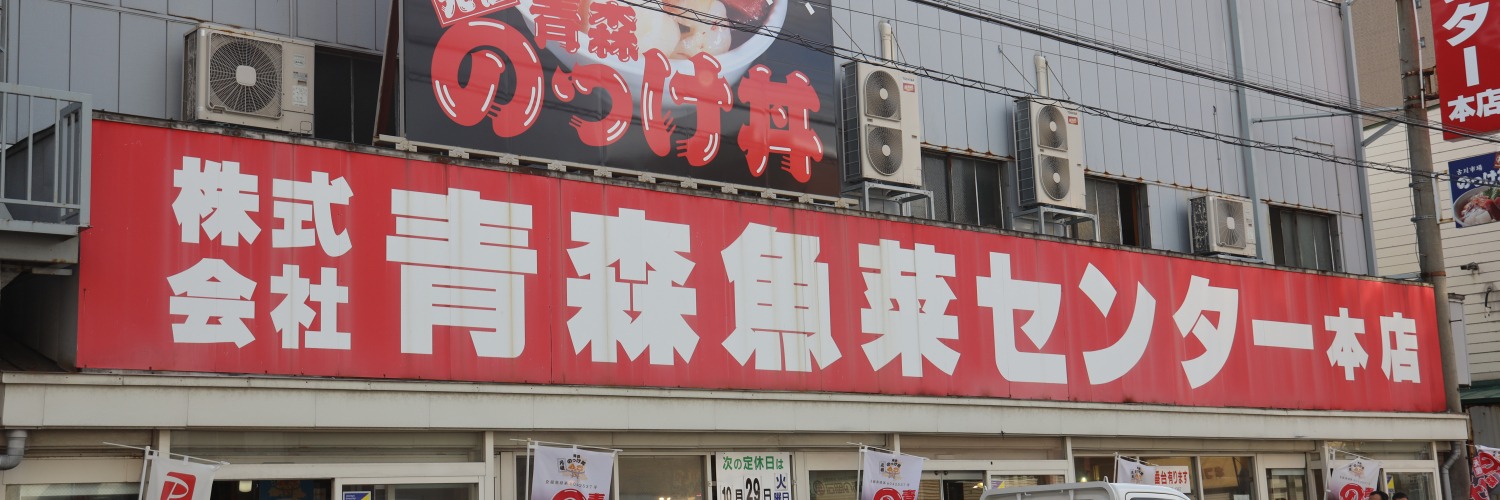
Gyutan (beef tongue), Miyagi
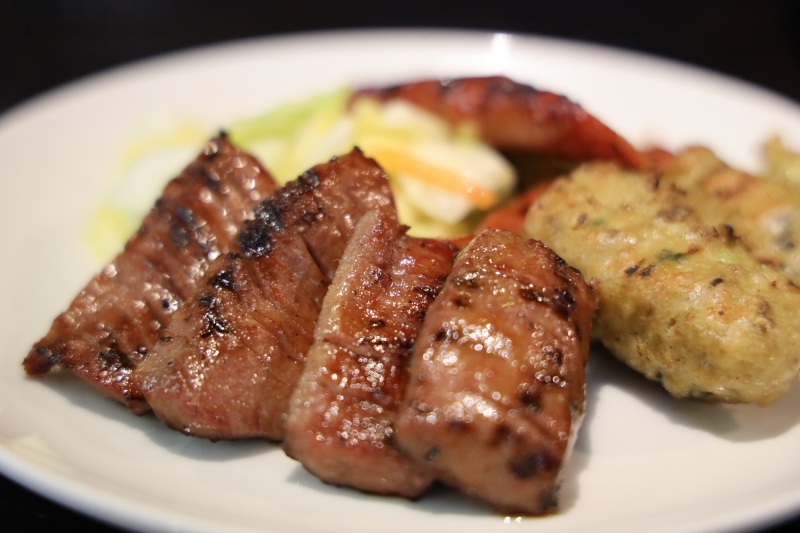
Beef tongue is one of the most known culinary specialties of the Tohoku region. When done right it can transform any visitor's view of what traditional Japanese cuisine is all about. Next to Sendai Station (and with other branches located nearby) is the legendary Tan-ya Zenjiro which has made its name for supreme salt-grilled beef tongue and other beef-focused dishes including clear beef soup which appears to be a winner with many foreign guests. The restaurant is lively and efficient as dishes come out at a systematic pace which is perfect for an eatery which handles a very high volume of foot traffic. Tender and juicy with a deep flavour beef tongue is an absolute must for any visitors to Miyagi Prefecture and surrounding areas. Be sure to make Tan-ya Zenjiro be one of your first stops after alighting at Sendai Station.
Nokkedon Market, Aomori
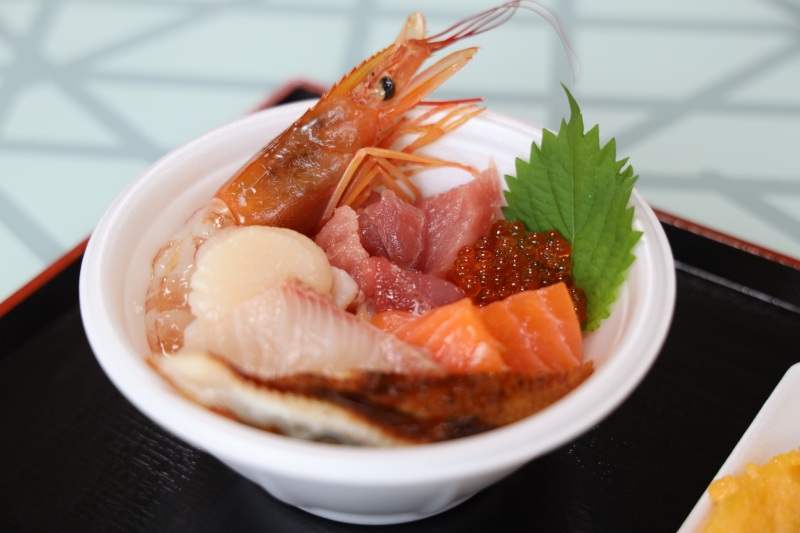
‘Nokkedon’ is local parlance for seafood donburi (rice bowl) in this part of the world. And while some locals know this market as Nokkedon it also goes by the names Furukawa Fish Market or Aomori Gyosai Center. Don't be confused, however, by the nomenclature — this is all about the fish. And what an outstanding selection this market has on offer. Just a few minutes from JR Aomori Station this market has built a reputation for its outrageous seafood bowls which guests can, essentially, make for themselves. It's a ticket-based system in which tickets can be bought in sheets of five (750 yen) or 10 (1,500 yen). A bowl of rice, for instance, comes in at the equivalent of one ticket. Visitors are then encouraged to top up their rice bowl with whatever fish and seafood takes their fancy such as crab, roe, squid and so on. Aomori is a seafood town so everything on offer here is literally straight from the sea into your bowl. Bowls are not permitted to be taken outside the market as there are designated dining areas within the space for people to sit and enjoy their fishy creations. Pickles and miso soup (perfect accoutrements) are available to purchase and should not be passed up as they, to be honest, complete any traditional Japanese dish.
Oga Red-Hot Rocks Cuisine, Akita
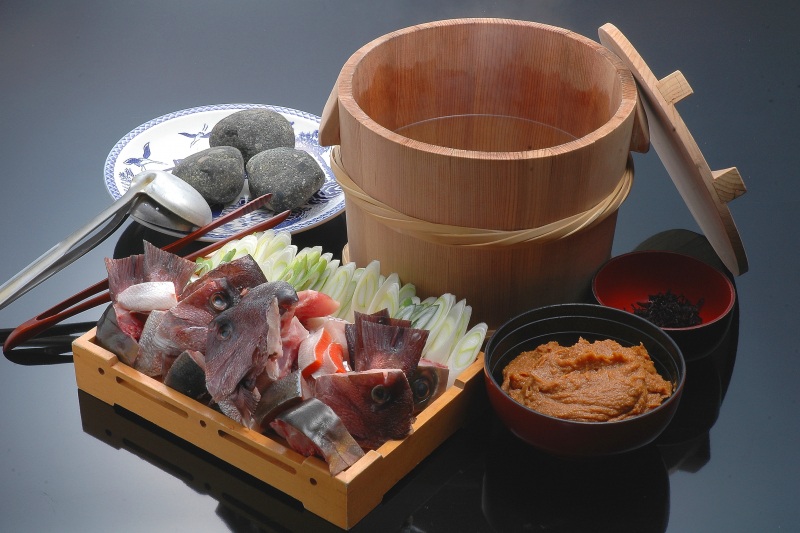
The Oga area of Akita Prefecture is renowned for its distinct cooking methods and fresh fish caught by its legion of fishermen. A specialty of the region is the inclusion of red-hot rocks called kanaishi (metallic rocks) which are placed into bowls with fresh seafood and vegetables. It's a method of cooking which dates back centuries and is said to seal the flavour and taste and bring out the best of the local ingredients. The dish sizzles and steams in front of diners and makes for a theatrical dining experience like no other.
Wanko soba, Iwate
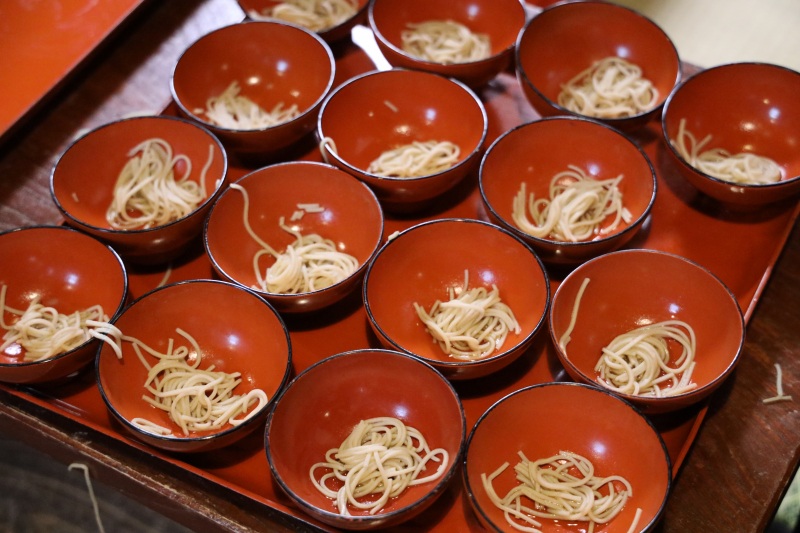
Wanko soba—yes, that’s its real name—is the local specialty of Iwate Prefecture and is known all over Japan for its thrilling and competitive nature. Centuries before pro-eaters came on the scene via YouTube, the good people of Iwate have been filling their bellies with multitudes of soba which is refillable until diners give in to defeat. Azumaya Honten is one of the prefectures oldest eateries and has been serving wanko soba since 1907 in the Nakanohashidori district of Morioka. Eager diners are egged on as bowl after bowl of wanko soba (small bowls of soba) are refilled with a certificate given to those who reach 100 bowls. Not all achieve this but it's a goal to keep in mind when visiting this part of Iwate Prefecture.
Negi soba, Fukushima
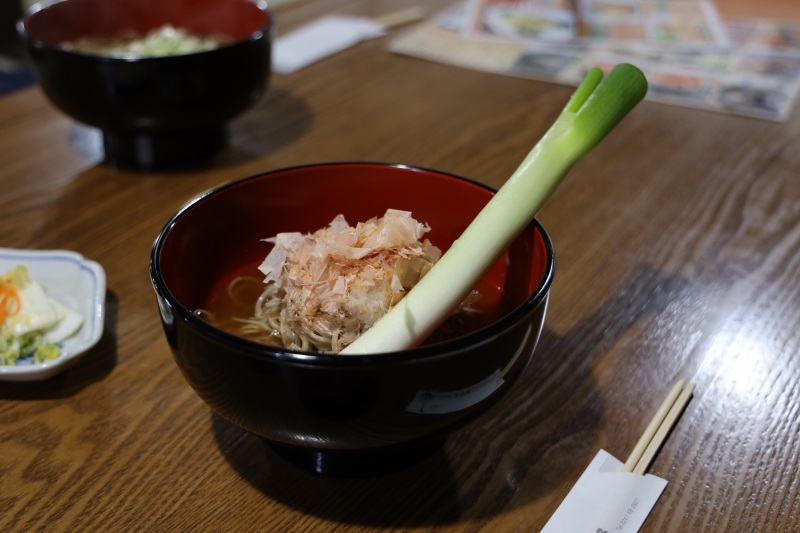
Japan is a country known for its idiosyncrasies - especially when it comes to food. One such example is to be found in the Aizu region of Fukushima Prefecture. Why eat soba noodles with chopsticks when you can slurp them up with negi (long Japanese onion similar to leek)? It sounds a tad whacky but at Misawaya restaurant visitors can enjoy the local, handmade soba with spicy, grated radish and miso eaten with giant spring onions which can be eaten after the soba has been finished. The soba can be served hot, cold and as part of set meals and its this kind of cuisine which adds to Japan's reputation for experimental and theatrical dining experiences.